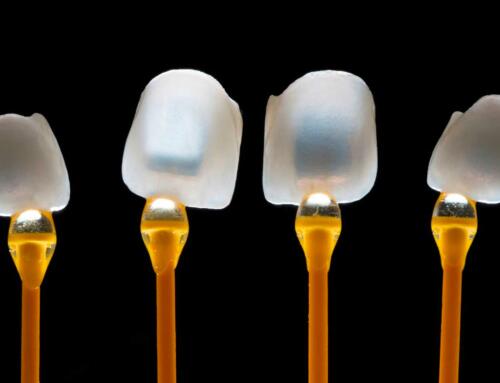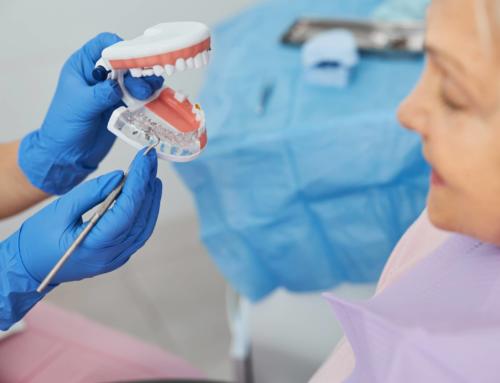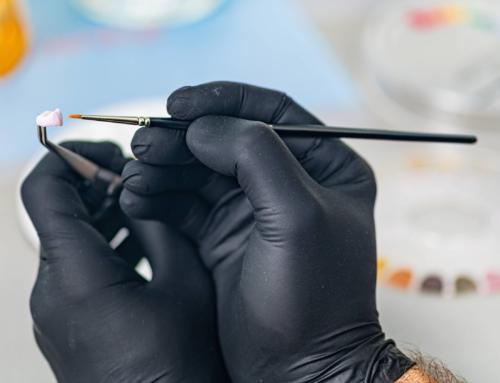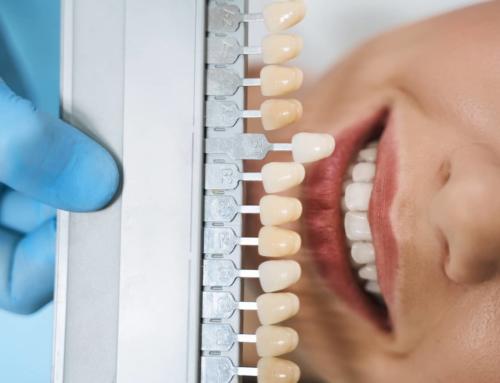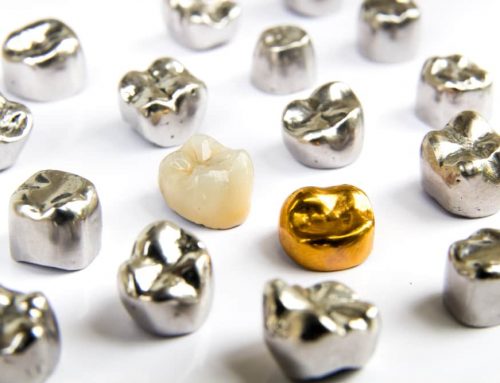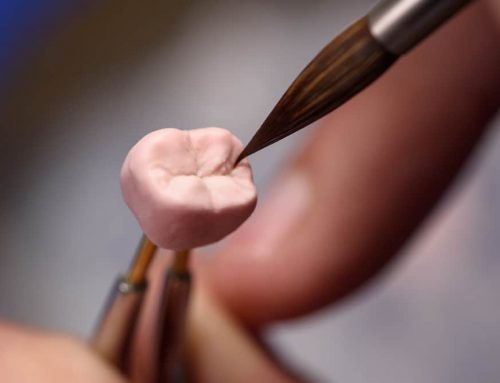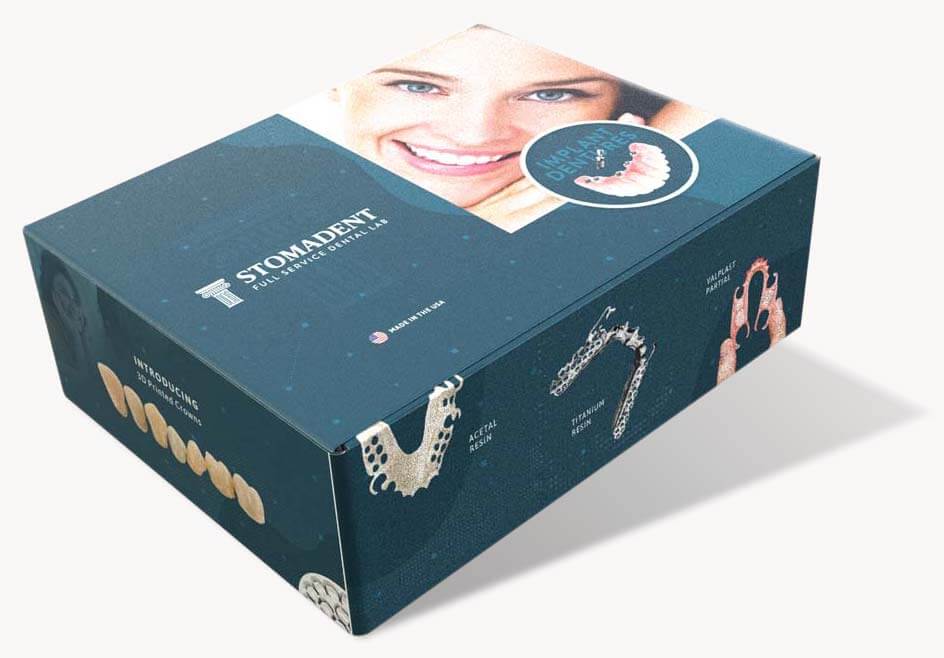
By David Hudnall, DMD
Sooner or later, it’s bound to happen. You get the dreaded phone call telling you that “your implant crown is loose.” Notice that the restoration no longer belongs to the patient but belongs to the dentist when a problem arises. What do you do?
You’d better have a plan or multiple plans in mind before the patient arrives in your office. That’s because patients really don’t understand all of the components of dental implants and everything involved in replacing a missing tooth with an implant. The information that you receive about the problem may be far from reality. Take a deep breath.
Let’s discuss some of the things that you can do when the situation arises.
Why do dental implant crowns loosen?
There are a number of clinical scenarios that make a tooth implant loose. It is up to you, the clinician, to diagnose the issue and provide a solution to address their concern. Some of the more common reasons why an implant is loose include:
- The tooth feels high or moves when the patient bites together
- The cement is no longer bonding the crown in place
- The abutment is loose from the implant body
- The implant itself is failing and is loose within the jaw bone
- The patient has suffered trauma to the face or jaw bone, including gum disease
- The patient has parafunctional habits such as bruxing and clenching
The primary reason for dental implant loosening is the patient clenches or grinds their teeth. If the patient doesn’t wear a nightguard, any eccentric contacts on the crown can result in micro-forces directed away from the long axis of the implant. Those forces will eventually result in some form of dental implant failure at its weakest link – the screw.
Guiding Patients With ‘Worst-Case Scenario’ Loose Crown on Implant
When a patient reports a loose crown on an implant, evaluating the implant assembly in a timely manner is paramount in order to avoid issues that can complicate the process. If the crown is off of the abutment or is raised, gum tissue can quickly grow between the loose component and the implant, making the job of re-securing the abutment more involved.
Having a plan to address almost any issue and offering a frank discussion about your diagnosis is the easiest way to alleviate patient fears and give the patient confidence that there is a solution to their loose crown on an implant.
One-Piece Abutment and Crown Combination
First, determine if the entire crown and implant abutment are a one-piece design by looking for an access hole in the crown that has been patched. Remove the composite covering the screw access channel with a diamond bur. Remove the abutment screw, re-seat the crown completely, replace the screw, and tighten with finger pressure.
Take a radiograph to determine if the crown is fully seated in its proper orientation. Then tighten the screw to 35Ncm with a ratchet tool. Place cotton pellets in the access channel and close the opening with composite resin.
Cemented Crowns
If the loose implant crown has been cemented in place, your job becomes more complex. Determine which of the three implant components is loose: the crown, the abutment, or the implant. Take a radiograph to determine if the dental implant is fully integrated with the bone. Implants that are failing usually have a dark halo or demarcation around the implant body visible on a radiograph. If implant failure is the reason for looseness, you need to have a different conversation with your patient that involves an alternative treatment plan.
To determine if a cemented crown is loose, place water around the crown margins and squeeze the crown upward with finger pressure. If the crown lifts slightly, bubbles will form in the water, indicating that air is being introduced under the crown. Remove the crown, clean cement from the abutment and the inside of the crown, and recement as you would for any crown placed on a natural tooth.
How to Fix and Avoid Screw Loose Dental Implants
If the loose dental implant crown cannot be lifted but still moves, the likely culprit is that the abutment screw is loose from the body of the implant. Sometimes this will be obvious on the radiograph. Cut an access hole in the occlusal surface of the crown (or lingual surface of anterior teeth) using a coarse barrel-shaped diamond bur with copious amounts of water irrigation.
Take your time to cut through all layers of the crown material. If the clinician had the forethought to place cotton in the orifice of the abutment prior to cementation, locating the loose dental implant screw without damaging the head is straightforward.
- Remove cotton pellets and then remove the screw with a finger wrench.
- Re-seat the crown with the abutment intact until it locks into the hex-shape of the implant collar, holding the crown securely while using a finger wrench to tighten the screw completely.
- Take a radiograph to ensure that the abutment is correctly seated, and then tighten the screw to 35Ncm with a ratchet wrench.
- Place cotton pellets in the access, prime with dental adhesive, and place a filled composite resin to close.
- Contour the resin and thoroughly cure with a curing light, adding anatomy and refine the occlusion using a ball-shaped or football-shaped fine diamond bur.
- Check the occlusion and remove any eccentric interferences. Then, polish the restoration with a rubber wheel.
Can Dentists Avoid Dental Crown Screw Loosening in the Future?
Patients require the freedom to move their jaw through a wide range of motions. If the patient is a bruxer or clencher, removing occlusal interferences and providing a nightguard will go a long way to prevent abutment screws from becoming loose in the future.
While the popularity of custom abutments for improved aesthetic results is increasing, practitioners should consider the type of screws that they use to secure these abutments. Special design features such as a Morse-tapered screws that do not rely solely on the screw to obtain retention are one consideration to prevent crowns from loosening.
Malleable gold plating on the screw threading and adhering to precise guidelines for torque to tighten the screws are also considerations when making the best connection possible with the implant body to prevent a loose crown on an implant.
Safe and Reliable Implant Crowns from Stomadent Dental Lab
To prevent dental implant product failure, use the best components from reputable manufacturers who regularly put their products through a standardized battery of tests. Then partner with Stomadent Dental Lab.
We offer a wide range of dental implant restorative solutions, including CAD/CAM milled crowns, bridges, and custom implant abutments designed to exacting specifications and tolerances for a precise fit — all made in the USA. Visit us online to learn more about our products and services.

